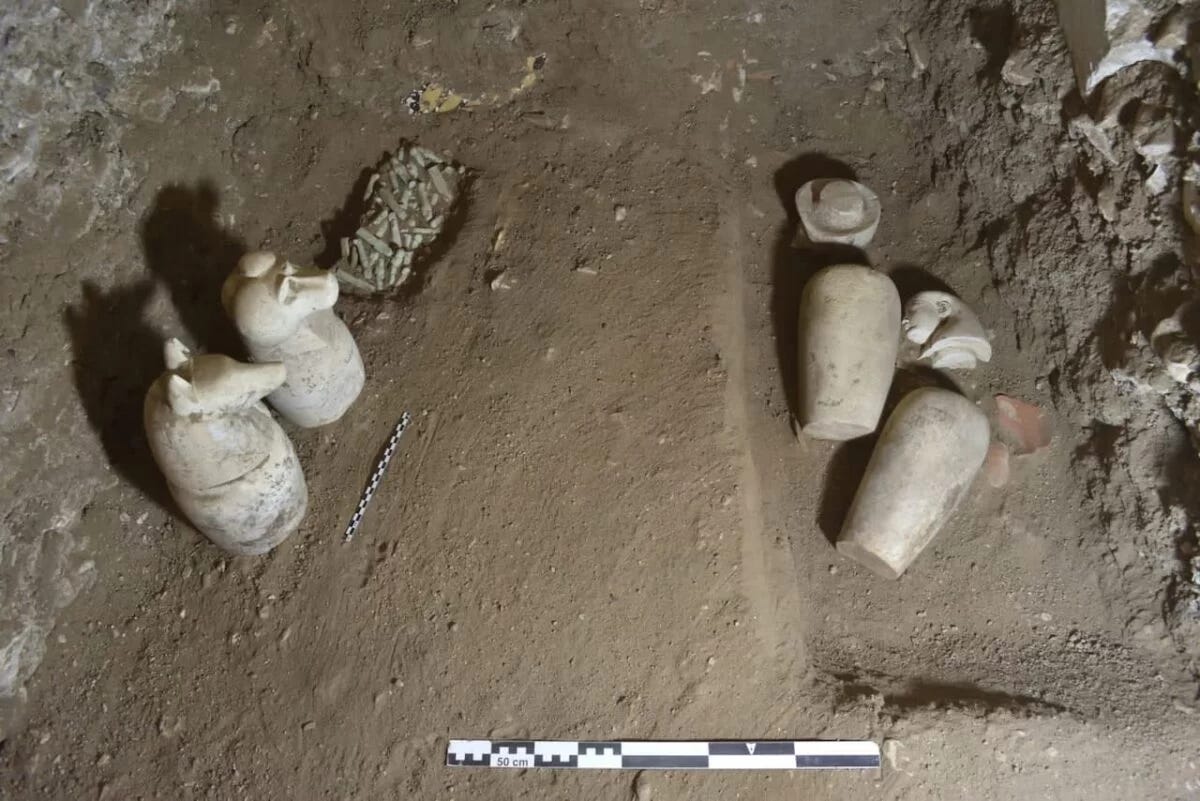Secret ‘House of Life’ at Ramesses II’s Temple uncovered by archaeologists
Latest News
Reported by the La Bruja Verde:
An Egyptian-French archaeological mission has made a series of highly significant discoveries at the Ramesseum temple (commissioned by Ramses II), located on the western bank of Luxor, Egypt. The discoveries, the result of cooperation between the Conservation and Documentation Sector of the Supreme Council of Antiquities, the French National Center for Research, and the Sorbonne University, have brought to light new elements that allow for a deeper understanding of the history and function of this iconic temple.
Among the main findings are a series of tombs from the Third Intermediate Period, storerooms for olive oil, honey, and fats, as well as wine cellars. Additionally, textile and stone workshops have been identified, along with kitchens and bakeries. These elements point to a much more complex economic and administrative activity than previously documented.
One of the most remarkable discoveries has been that of the so-called House of Life, an educational institution attached to the temple. This find is exceptional not only for providing the architectural layout of this teaching center, but also for yielding a collection of archaeological objects related to educational activity, such as remains of drawings and school games. This is the first physical evidence of the existence of a school within the Ramesseum, also known as the Temple of Millions of Years.
In the eastern sector of the temple, structures were found that, according to archaeologists, would have functioned as administrative offices. Meanwhile, studies carried out on the buildings and storerooms in the northern part indicate that olive oil, honey, and fats were stored there. A large number of wine jar labels were also found, confirming the use of the area as a wine cellar.
In the northeastern area of the temple, numerous tombs from the Third Intermediate Period were discovered. These contain funerary chambers, burial shafts with canopic jars, well-preserved funerary objects, nested sarcophagi, and a total of 401 ushabti figurines carved in ceramic. Human bones were also found scattered in the area.
The Minister of Tourism and Antiquities, Sharif Fathi, praised the mission’s efforts to reveal new aspects of the religious and social role of the Ramesseum in ancient Egypt. For his part, the secretary general of the Supreme Council of Antiquities, Mohamed Ismail, emphasized the importance of these discoveries, as they provide key information about the temple’s complex history, founded during the New Kingdom, under the reign of the Ramesside pharaohs.
Read more here.



